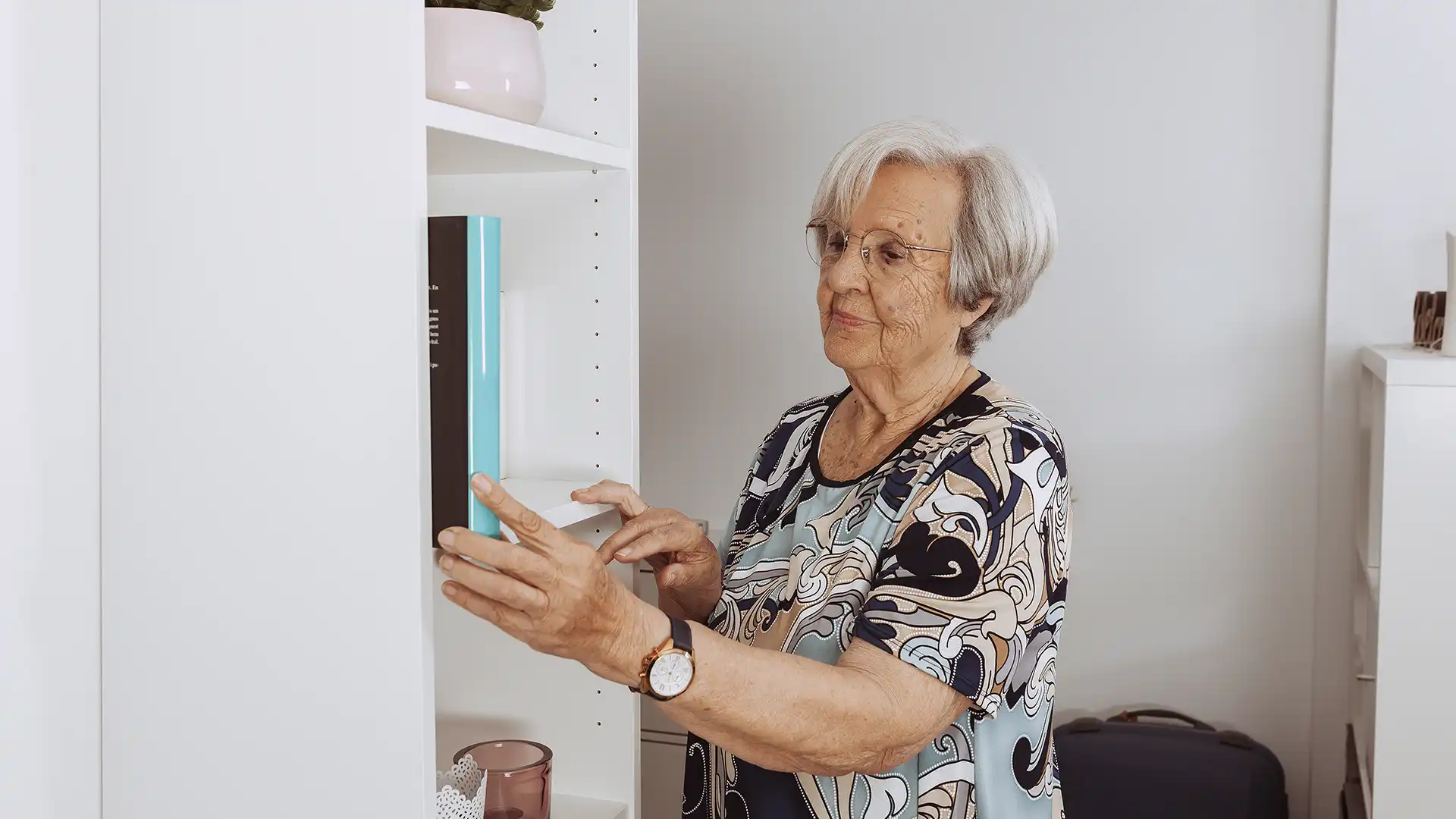Abreaction is an emotional, unconscious reaction that a person has in response to a stimulus that revives an excruciating circumstance you have experienced before. It might be an occasion that you keep in mind, or it may be something that all of a sudden pops into your awareness when having the Abreaction.
Summary
As an instance, think of somebody that has been physically abused who responds to an increased hand by flinching even though the other person intended to clean up away a roaming thread. Abreaction can likewise be utilized to define the process a therapist uses to desensitize or help you to stop having these automated responses. Within the safety and security of a treatment session, you might be triggered experience abreaction to guarantee that you can then discover to change the illogical, gut-instinct response with one that is much more healthy to the scenario.
History of Abreaction in Therapy
Abreaction, in addition to its counterpart catharsis, which describes psychological release, was initially reviewed at length by Sigmund Freud and Josef Breuer during their early studies on psychoanalysis. They placed a significant quantity of emphasis on the value of the Abreaction as well as catharsis. Yet, after more research study, they realized that just revealing and experiencing excruciating emotions is not all that is required to obtain recovery, particularly for injury survivors.
This focus on achieving catharsis with Abreaction continued via World war and II through injury professionals who used hypnosis and also chemically-induced techniques to establish abreactions. Some did understand the worth of assisting trauma survivors do greater than just handle their feelings, nonetheless.
Abreaction and also Dissociation
The injury typically creates individuals to dissociate from their emotions, memories, and/or recognition. The quantity of Dissociation specific experiences can vary from moderate, similar to envisioning, to serious, as in the case of people with split characters. Freud’s preliminary belief in marketing abreaction in treatment was that with the release of the unpleasant sensations, the distressing experience would be handled.
The problem is, Abreaction, in this circumstance, the expressing of emotions, on its own, does not treat anything. Lots of individuals can experience their feelings or experience once again the traumatic events over and likewise over, yet absolutely nothing is eventually fixed. Particularly for patients of injury, there is often still some amount of Dissociation involved, and some colleges of idea think the Dissociation requires to be dealt with too by making it part of your awareness in addition to identity.
We understand today that handling demanding stress such as trauma (PTSD) can not depend merely on handling the traumatic memories with Abreaction or any numerous other technique. As a matter of reality, a group of investigates have revealed that of the very best type of treatments for PTSD is cognitive-behavioural therapy (CBT), which has nothing to do with Abreaction.
Cognitive-Behavioral Treatment
CBT works given that it helps PTSD survivors reframe their reasoning about their injury. For example, a rape survivor may feel senseless in addition to unneeded shame for putting herself in what she perceives as an unfavourable scenario. With CBT, she would discover to change her thinking to recognize that it does not matter what scenario she was in, just rapists rape, and she can then find out to let go of the remorse. Changing defective thinking and also changing it with even more sensible, accurate reflection instead helps PTSD survivors deal far better with the experiences of guilt, rage, distress, along with worry they may have.
Abreaction Therapy
Abreaction Therapy concentrates on reliving a traumatic occasion and going through the feelings associated with them to heal and move forward. Created by Sigmund Freud, the method provides clients with a method to release their unconscious pain and escape from the memories and sensations that have kept them from progressing. Therapists who work as Abreaction counsellors use catharsis or the cleansing of feelings to get rid of the spirit and ideas associated with the experience. As a process that brings out challenging feelings, the customer will go through an emotional removal that eliminates the burden of a traumatic event after the completion of treatment.
Goals of Abreaction Therapy
The goal of Abreaction Therapy is to cleanse the patient’s body by going through their injury yet again and letting go of uncomfortable thoughts and feelings. When the customer has completed their treatment, they must be able to speak honestly about the event without feeling unpleasant or not able to cope. Treatment clears up what has occurred and heals the specific so that they can progress and prevent the trauma from ruining their individual lives and relationships. As a traditional and direct type of treatment, this is an awareness tool that helps clear up the mindful tension, which can be incredibly significant when it is related to heavy emotions and unpleasant memories.
When is Abreaction Therapy Used?
Abreaction Therapy is implemented when a customer requires a psychological and spiritual breakdown. By leading them through the occasion once again and reliving the memories and sensations, it launches fears and rejections that may have been kept in given that the occasion. It is utilized just for those who’ve handled trauma and hardship, which is also impacting their existing lives and relationships with others. Traumatic occasions can mess up trust, love and security. Typically, the customers struggle with an absence of self-esteem and assurance in themselves since of what’s taken place to them. They might be participating in behaviour that’s destructive to their health due to the fact that they have yet to deal with the feelings associated with an injury.
How Abreaction Therapy Works
As a type of “reliving” in psychotherapy, Abreaction Treatment may take longer than other treatment strategies. Presently Abreaction is not used in its existing kind; however, as a mixed method which outlines the distressing event to integrate the past and constructively deal with the pain connected with it. Being that the trauma is intricate and affects the clients in various ways, the therapist deals with the method carefully to relive memories and conquer the client’s disassociation from the event and discomfort. The treatment works by acknowledging the flashbacks and wonder about. It is likely that the patient will likewise undergo disorientation towards the start of treatment. The counsellor needs to beware when they are reliving the occasion is that it frequently promotes flashbacks as an inevitable aspect in dealing with trauma. The therapist will have to guarantee that relying on the relationship has been put in place with the patient before ideas are revealed. Security in between the two will produce safety in the existence of the therapist throughout Abreaction.
Toward the start of the treatment, the therapist develops stabilization in the space and supplies the patient with a psycho-education so that they can have a much deeper understanding of what’s taking place and why. The moment when the event is relived might happen quickly because of a trigger that’s been made unintentionally although it might seem like internal pressure and dispute for an amount of time the therapy will release the unprocessed feelings and material for the purpose of bringing them closer to the surface area. The pressure may feel like a power struggle, although it results in mindful and sub-conscious clarity.
When the thoughts and sensations are released, the client gets understanding, clarity and a brand-new identity. This is an effective technique in dealing with hostile memories due to the fact that it develops a brand-new function for the person. This is a collaboration platform in between the therapist and patient to rid of troubling memories, close them and progress in life. Being that the counsellor is a hand to hold during the process, it serves as a physical anchor. The production and development of the relationship are necessary, and it could take a longer session time until the customer is ready to relive the event. For clients that are badly harmed, it can take many sessions before internalizing the security and commitment.
Criticism of Abreaction Therapy
The criticism toward Abreaction Therapy refers to its use as a significant treatment instead of a combination technique; which has led to its current usage as an integrative therapy approach.



















